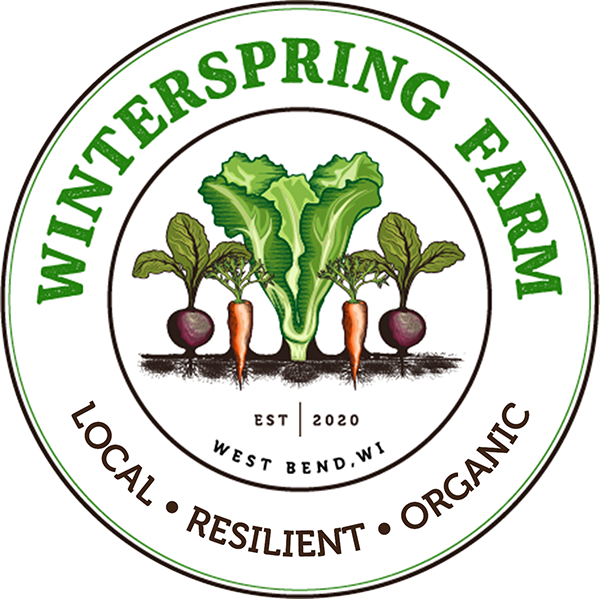Dill
Culinary Use, Storage, & Benefits
Dill greens
Herb Profile: Dill (Anethum graveolens)
Description
Dill is a mouthwatering aromatic herb of the carrot, or Apiaceae family. Its leaves, flowers, and seeds all lend their unique pungent flavor to a variety of foods, from fish, to potatoes, to creamy sauces and dressings, to pickles. It grows well either from seed or started in the greenhouse. It's a welcome companion plant to cabbage and cucumbers, and attracts pollinators like a pro when in flower. Popular host plant for the swallowtail butterfly. We grow two varieties of dill: one for bunches of greens, and one for bunches of flowers. Generally, greens will be available in the early and late season when temperatures are cooling off. Flowers will be available at the height of summer, in time for pickling.
Nutrition
While often only thought of as a culinary herb, dill has many wonderful medicinal actions as well. Western herbalists use dill to support healthy breast milk production, ease menstrual complaints, settle the stomach, and calm the nerves. Like it's close relative fennel, the seeds and leaves can be used to ease flatulence.
Storage
Dill is so soft and tender that it should be used fresh right away, dried (greens), or infused in vinegar for best results. Refrigeration of the greens in a water-tight bag or container will keep them for 3-4 days. The flowers should not be refrigerated. You can keep those on the counter in glass of water for 2-3 days.
We use baskets for harvesting in the field before the stems are placed in water, in the shade.
Use
Dill greens: chop them up and add to sandwiches, egg or potato salad. You can blend them into dressings like homemade ranch. We also love to dress roasted fish with it, which sets off its complex flavor. Drying works well for later use.
Dill flower: You can use dill flower in place of greens in most of the applications mentioned above by removing the tiny flowers from the bracts and sprinkling them into your desired dish. One of my favorite ways to elevate the flavors of dill flower, prevent any from going to waste, and extend my use window is to fill a glass jar with the flowers (no need to remove the bracts this time), and pour over it with apple cider vinegar until it’s fully submerged. If using a metal lid on your jar, place a piece of wax paper underneath it so the lid doesn’t rust. Otherwise, use a plastic lid. Strain off after 6 weeks, or just take it tablespoon at a time if you need it before then! Be sure to label your infused vinegar with the contents and the date. The vinegar can be stored on a low-lit pantry shelf for up to a year.
Sources:
specialtyproduce.com
The Gift of Healing Herbs by Robin Rose Bennett
The Rodale Encyclopida of Herbs
Asparagus to Zucchini by Fairshare Coalition
Produce: A fruit and vegetable lover's guide by Bruce Beck
Our own experience!





